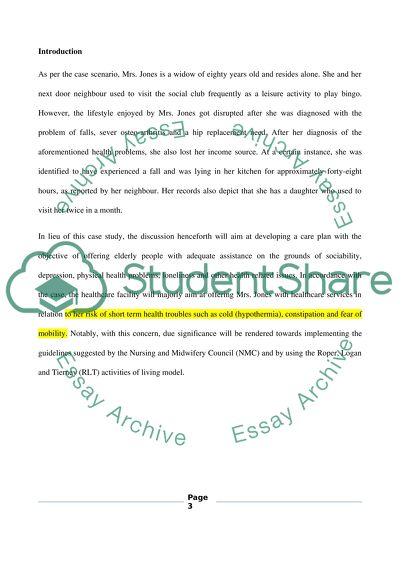Cite this document
(“Care plan Essay Example | Topics and Well Written Essays - 3000 words”, n.d.)
Care plan Essay Example | Topics and Well Written Essays - 3000 words. Retrieved from https://studentshare.org/nursing/1481824-care-plan
Care plan Essay Example | Topics and Well Written Essays - 3000 words. Retrieved from https://studentshare.org/nursing/1481824-care-plan
(Care Plan Essay Example | Topics and Well Written Essays - 3000 Words)
Care Plan Essay Example | Topics and Well Written Essays - 3000 Words. https://studentshare.org/nursing/1481824-care-plan.
Care Plan Essay Example | Topics and Well Written Essays - 3000 Words. https://studentshare.org/nursing/1481824-care-plan.
“Care Plan Essay Example | Topics and Well Written Essays - 3000 Words”, n.d. https://studentshare.org/nursing/1481824-care-plan.


